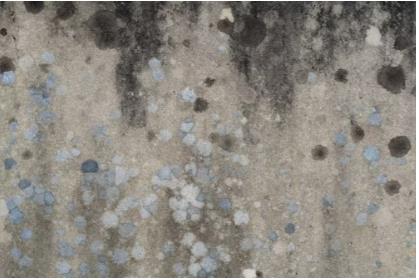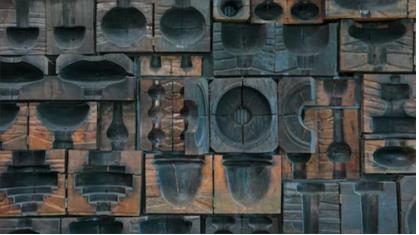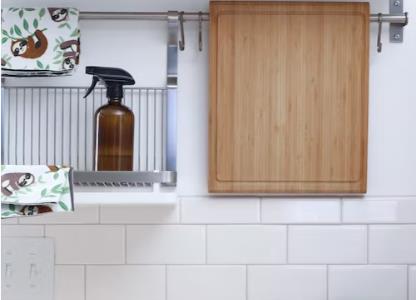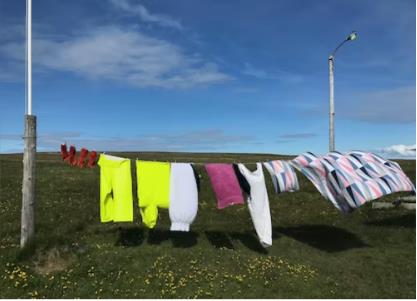Mold is a type of fungus whose hyphae grow into visible colonies. Molds play an important role in nature, and they can be found almost anywhere moisture and air are present. They work by breaking down organic materials such as leaves, wood, and other plant debris. In other words, mold helps to remove trash from nature.

If mold spores get inside, they feed on all organic matter, including human food, building materials, and sometimes even human tissue. In these cases, mold can cause some serious health problems and cause irreparable damage to building materials and furniture. Molds can reproduce by producing tiny spores, similar to the seeds plants produce. Many spores are so small that they float easily in the air, and even the slightest breeze can carry them great distances. The amount of mold spores suspended in indoor and outdoor air varies seasonally, daily and even hourly. Better-insulated buildings and damp building materials create an ideal environment for mold to grow. Inhalation or exposure to mold or mold spores may cause an allergic reaction in sensitive individuals. Repeated exposure to mold, mold spores, or mold fragments may cause non-susceptible individuals to become sensitive to mold. Inhaling mold may also cause hypersensitivity pneumonitis.

1. The overall effectiveness of UV light in killing mold depends on the length of time the mold is exposed to light and the intensity of the light you use. Higher intensity UV lights are usually more effective at killing mold than lower intensity lights. Typical UV lamps used in the home are limited in their effectiveness at killing mold, and most household UV lamps do not produce enough UV light to kill mold. Effective destruction of mold and spores usually requires much higher power UV exposure.
2. Ultraviolet rays are surface sterilizers, that is, only close-range direct rays can have a sterilizing effect. Mold is highly tolerant, and ultraviolet rays can only kill fungi to a limited extent. In addition, fungal spores are basically not killed by ultraviolet rays. Long-term high-power ultraviolet lamps in confined spaces can produce high-concentration ozone, which can achieve a good fumigation and sterilization effect, but the effect on fungal spores is still limited. On the other hand, ultraviolet rays only have an effect on places that can be irradiated, and have no effect on inhibiting mold in places that cannot be irradiated, such as the inner surface of clothes and folded places. The hyphae of some molds have penetrated deep into the building materials, and these molds cannot be killed by ultraviolet light. Ultraviolet light to destroy mold requires identifying all surfaces that are infected with mold. Any surfaces that are missed can allow the mold to live on and spread the spores.

3. There are always mold spores in the air. Outdoors, ultraviolet energy from the sun controls mold concentrations. Once the spores enter a home's air supply, they can multiply and continue to spread when they land in damp areas of the home. Ultraviolet light can inhibit the reproduction of mold and reduce the frequency of infection, but it cannot really completely remove mold in the room.
To grow indoors, mold needs moisture and food. Moisture is the most important factor affecting the growth of indoor mold. Controlling indoor humidity can help limit mold growth. Mold needs little water to grow. For example, a little condensation in the bathroom or around windowsills is enough. Keep the living environment dry and ventilated to effectively inhibit the growth of mold.

Temperature was not a significant factor affecting mold growth. Some molds grow in warm places, while others prefer cool places, such as bread stored in the refrigerator. More than one type of mold growth can often be found in the same place. Mold can be killed by exposing the quilt to the sun, but the main reason is not temperature, but moisture. Strong sunlight dries out a damp quilt, making it unsuitable for mold growth. The mold itself also dehydrates and dies in the sun.